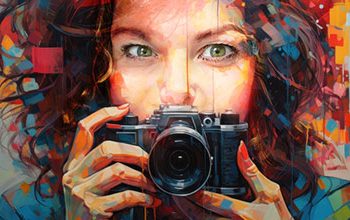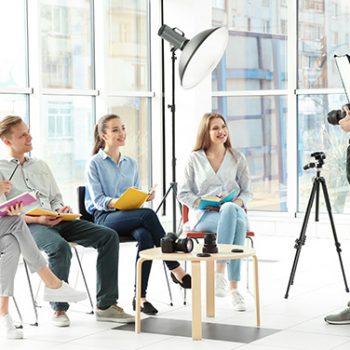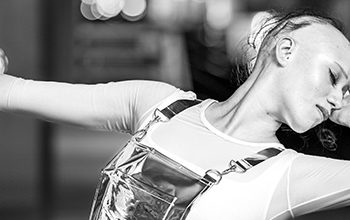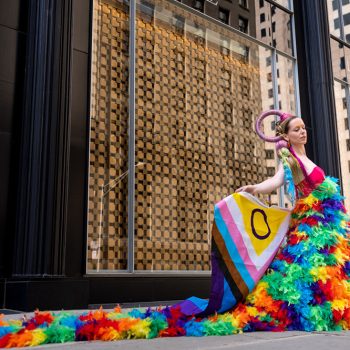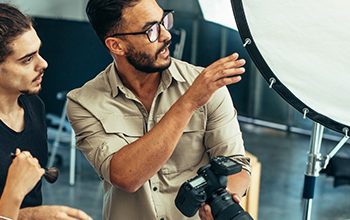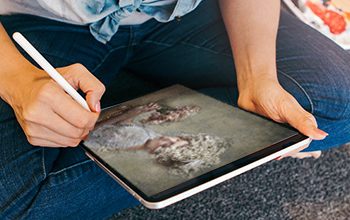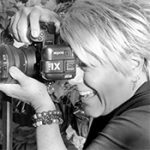Introduction
Photography is a powerful bridge between the past and present, capturing the evolution of vision, technique, and storytelling over time. While technology continues to advance, many foundational photography techniques remain just as relevant today as they were in the early days of the medium. By studying and applying these classic techniques, modern photographers can elevate their work and create images with greater depth and impact.
This article explores how photographers can incorporate historic techniques into their contemporary practice, blending timeless principles with modern tools.
Why Look Back?
Classic photography principles, such as composition, lighting, and subject placement, remain relevant today. Many early photographers worked with limited technology, yet their images were as powerful and artistic as those created by modern photographers. Appreciating iconic techniques not only helps shape contemporary perspectives but also inspires new creative directions.
Classic Photography Techniques & How to Apply Them Today
1. The Decisive Moment – Capturing Perfect Timing
Henri Cartier-Bresson, a pioneer of street photography, mastered the art of anticipation, capturing fleeting moments of human expression in precise compositions. His concept of “The Decisive Moment” emphasized waiting for the perfect alignment of elements before pressing the shutter, creating images that felt effortless yet profound.
Modern Application: Train yourself to anticipate action before it happens. Whether photographing street scenes, sports, or candid moments, develop a keen sense of timing. Observe your surroundings carefully, previsualize potential moments, and use composition to heighten the impact of your subject.

2. Chiaroscuro – Mastering Light and Shadow
Rembrandt’s dramatic use of light and shadow influenced not only painters but also legendary photographers such as Edward Weston and Yousuf Karsh. Weston’s still lifes and Karsh’s iconic portraits, like his powerful image of Winston Churchill, show how chiaroscuro enhances depth, emotion, and form.
Modern Application: Experiment with strong directional lighting, whether natural or artificial, to create striking portraits, still life compositions, or moody street photography. Study how light falls on your subject and adjust the shadows to add depth and mystery.

3. Leading Lines – Directing the Viewer’s Eye
Photographers like Ansel Adams and André Kertész utilized roads, fences, and architectural elements to create strong leading lines that guided the viewer’s eye through the frame. Adams, known for his grand landscapes, used paths and rivers to add a sense of scale, while Kertész turned urban environments into dynamic compositions using natural lines.
Modern Application: Use roads, railings, or even shadows to direct attention toward your focal point. Leading lines can add structure to a scene and create movement within a static image.
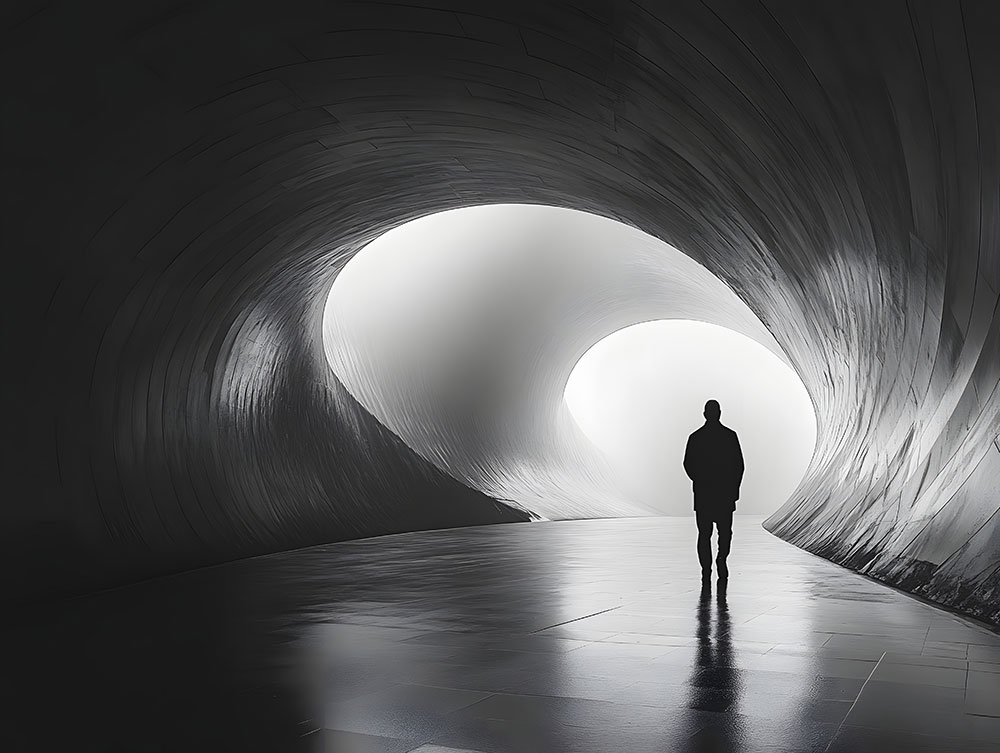
4. Negative Space – The Power of Emptiness
Minimalist photographers like Fan Ho and Michael Kenna embraced negative space to emphasize their subjects and create a sense of balance. Ho’s cinematic compositions of Hong Kong used fog and shadows to create atmosphere, while Kenna’s long-exposure landscapes relied on stark simplicity.
Modern Application: Resist the urge to fill the frame. Let empty spaces work as a compositional tool to enhance visual impact, allowing your subject to stand out and creating a more introspective image.

5. Motion Blur & Long Exposures – Adding Movement
Pioneers like László Moholy-Nagy and Ernst Haas explored motion blur and long exposures to convey movement and emotion. Haas’s color street photography of the 1950s embraced blur to create painterly compositions, while Moholy-Nagy’s Bauhaus experiments redefined the possibilities of motion in photography.
Modern Application: Use intentional motion blur in cityscapes, waterfalls, or portraiture to add energy and dynamism to your images. Play with slow shutter speeds to create movement in still scenes, adding an abstract or impressionistic feel.

6. The Power of Portraiture – Capturing Character and Emotion
Annie Leibovitz revolutionized portrait photography with her ability to capture the essence of her subjects, from celebrities to everyday people. Her iconic images often feature dramatic lighting, unconventional poses, and an intimate connection with the subject that tells a deeper story beyond the surface.
Modern Application: Focus on storytelling in portrait photography. Go beyond traditional poses and seek to capture raw emotion, personality, and the relationship between subject and environment. Experiment with lighting, composition, and candid interactions to create portraits that feel genuine and compelling.

7. The Art of Storytelling – Evoking Emotion Through Narrative
Sally Mann is known for her deeply personal and evocative photography, often capturing intimate portraits of her family and haunting Southern landscapes. Her work blurs the line between documentary and fine art, using rich textures, soft focus, and atmospheric lighting to create emotional depth.
Modern Application: Approach photography as a storytelling medium. Consider the deeper narrative behind your images—what emotions, themes, or personal experiences do they convey? Use composition, light, and post-processing techniques to enhance the story and create a sense of nostalgia or intrigue.
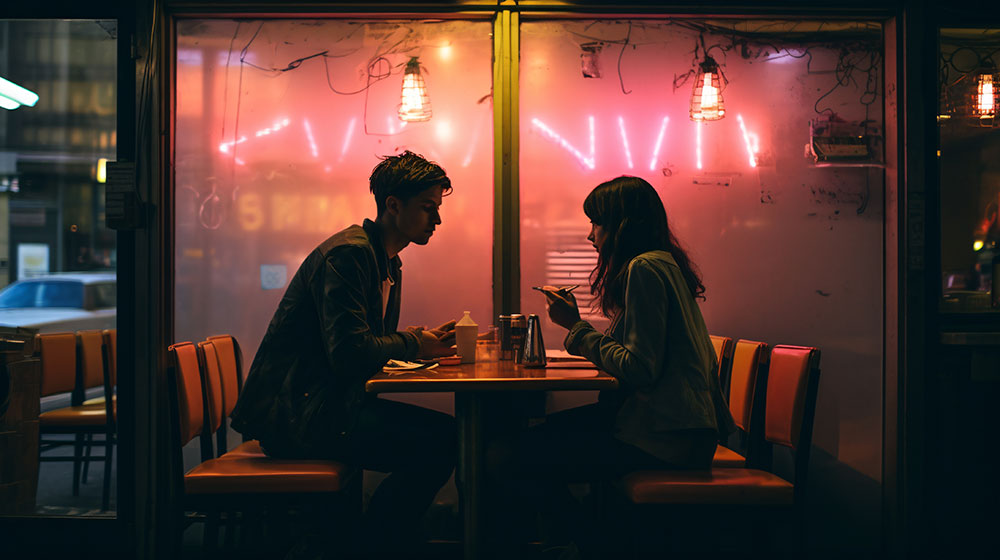
8. Surrealism & Photomontage – Creating Dreamlike Imagery
Jerry Uelsmann was a pioneer of surrealist photography, using darkroom techniques to create seamless photomontages long before digital manipulation. His imaginative compositions layered multiple exposures to craft surreal dreamscapes that challenged the boundaries of reality.
Modern Application: Explore creative compositing techniques in Photoshop or experiment with double exposures in-camera. Play with surreal elements by blending multiple images, juxtaposing unlikely subjects, or using reflections and shadows to create dreamlike compositions.

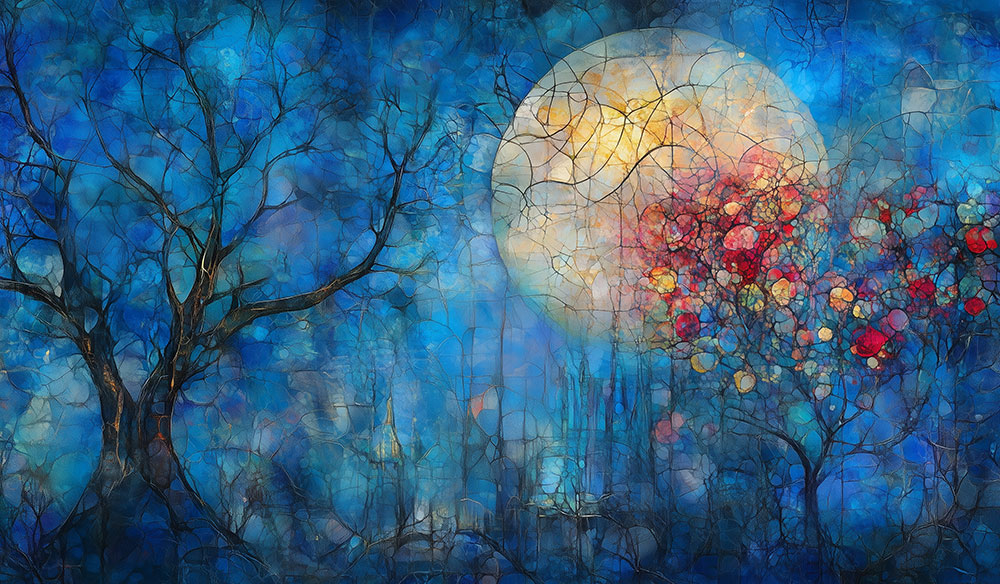
9. The Human Condition – Capturing Authenticity and Depth
Mary Ellen Mark was renowned for her ability to capture the raw essence of humanity in her documentary and portrait photography. Her work often focused on marginalized communities, highlighting their stories with depth and compassion. Mark’s ability to connect with her subjects resulted in deeply moving, authentic images that resonated with viewers.
Modern Application: Seek to create images that tell honest, compelling stories. Engage with your subjects on a personal level to capture true emotion and vulnerability. Whether shooting street photography or portraiture, focus on authenticity and the emotional impact of your work.
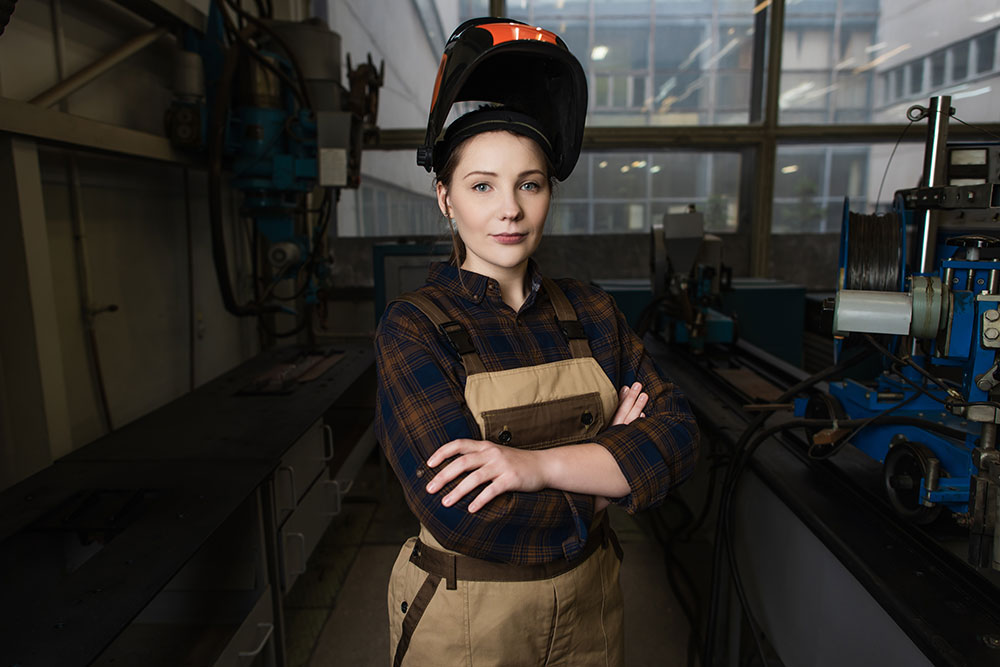
10. Abstract & Modernist Photography – Exploring Light and Form
Jaromír Funke was an early modernist photographer who experimented with abstraction, geometric forms, and light manipulation. His innovative approach to composition and shadows helped shape avant-garde photography and paved the way for later experimental photographers.
Modern Application: Look beyond traditional subject matter and experiment with patterns, reflections, and unique perspectives. Use strong geometric compositions, unexpected framing, and light interplay to create visually striking images that challenge conventional ways of seeing.

Blending Classic Techniques with Modern Tools
Photography has always been a medium of both artistry and technology. The techniques pioneered by early photographers were born out of necessity, yet they continue to shape modern practices. While digital tools have made photography more accessible and versatile, integrating historical techniques can add depth and authenticity to your work.
- Use Historical Techniques with Digital Cameras: Apply principles like leading lines and chiaroscuro using the flexibility of modern digital settings.
- Edit with a Classic Approach: Instead of over-editing, take inspiration from darkroom techniques, emphasizing natural tonal ranges and balanced compositions.
- Combine Film and Digital: Try hybrid approaches by shooting film and scanning negatives for digital enhancement.
By blending traditional wisdom with contemporary tools, photographers can create images that honor the past while embracing the future.
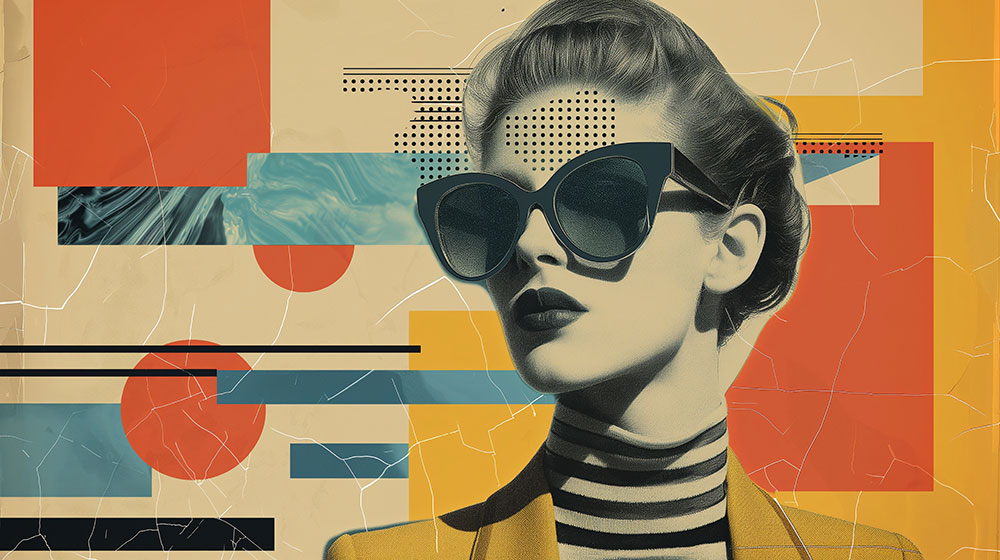
Conclusion
Photography is an evolving conversation between past and present, where each generation of artists builds upon the innovations of those who came before. The techniques pioneered by iconic photographers are not just relics of a bygone era—they are powerful tools that continue to shape and inspire contemporary work. By studying and applying these methods, photographers can deepen their understanding of light, composition, and storytelling, crafting images with greater emotional and visual impact.
Embracing classic techniques is not about replicating the past but about using timeless wisdom to create something new. Whether you are drawn to the drama of chiaroscuro, the precision of leading lines, or the surrealism of photomontage, these elements can be reinterpreted in fresh and exciting ways through modern technology.
Challenge yourself to explore the methods of the greats—experiment with their styles, refine your skills, and push the boundaries of your creativity. The history of photography is a vast well of inspiration, and by learning from the masters, you can shape the future of your own photographic journey.


